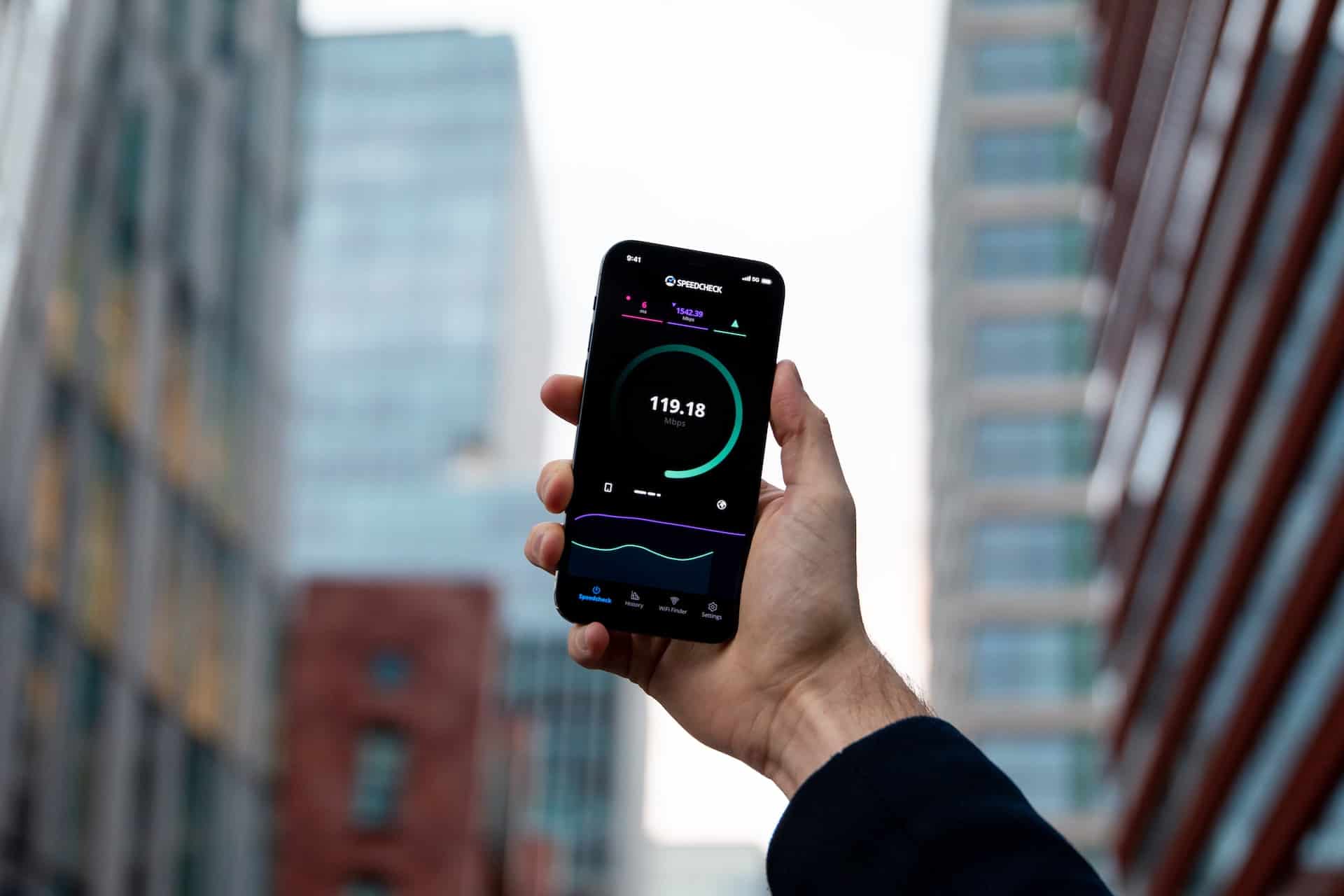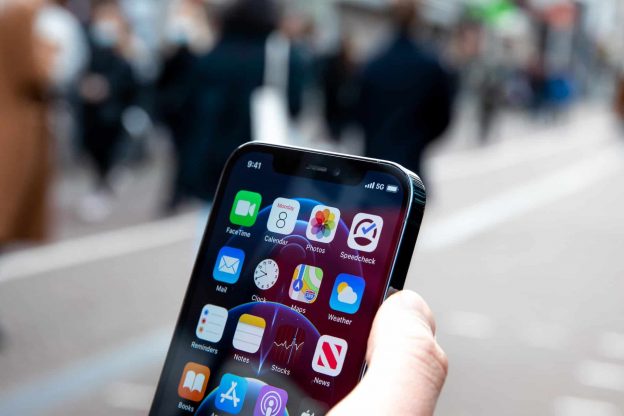When it comes to mobile internet, most companies offer two types of connections: 4G and 5G. Both connections let you access the internet on your phone or cellular-enabled tablet, but they work in different ways and offer unique benefits. Let’s examine these types of mobile internet connections to help you better understand how your cell phone’s internet works and the limitations you may experience depending on your connection type.
How Are 4G and 5G Connections Different?
Simply put, 4G and 5G connections both let you access the internet from your cell phone and mobile devices. However, they are distinctly different types of connections. 4G is a much older technology and, for years, was the most commonly used connection type on the market. As a result, almost every cellular provider offered phones with 4G capabilities. But 5G is giving 4G a run for its money. Check out these key differences between the two connection types.
Stable connections are a must when you depend on your internet for entertainment, work, and more. Compare our plans and find the right option for your needs.
Availability
4G connections are still widely available across Canada. 4G works with newer and older mobile devices and provides a stable, fast internet experience throughout the country. The towers are already in place and cover most urban and suburban areas completely. Rural areas, however, often find that coverage could be better.
5G technology works with older 4G cell towers, but the signal produced can travel longer distances. This improved coverage means 5G is available in more places, even in locations where 4G wasn’t. This update is excellent news for those living in rural parts of Canada or areas with limited-at-best 4G service.
Speed
When 4G connections were new, their speeds were at the top of the range. Even today, these connections allow users to download files, stream videos, and listen to music anywhere they get signal. For most users, 4G is plenty fast and makes using the internet on mobile devices a pleasant experience.
5G makes 4G connections look and feel slow. This is because the new signal works with different wavelengths and communicates data more efficiently. The stronger the communication is, the faster your mobile internet will be.
Latency
Latency, in plain terms, is the time it takes for your mobile device to respond to a specific command, like opening a new web page or downloading a song. When latency is high, it takes longer for your tablet or phone to respond to your command. Conversely, when the latency is low, your phone responds to your commands faster.
4G connections have lower latency than earlier types of mobile internet, but 5G offers even lower latency. The result is faster load times, higher definition videos, and a better user experience every time you use your mobile browser.
Versatility
4G connections are, for the most part, limited to mobile devices. Some users can use 4G connections with hotspot devices to create a temporary home internet connection, but doing so puts users at risk of reaching data caps and having to pay overage charges on their mobile phone bills.
Some cellular phone companies are repurposing 5G connections for use as dedicated home internet lines. The faster speeds and lower latency make it easy for users to download, stream, and surf the web on the connection from multiple devices at once.

The Different Types of 5G Signals
Part of what makes 5G so efficient is the fact that it’s available in different signal types. Each signal type has a specific application, making 5G the better option for most mobile device users.
Low Band
Low band 5G signals travel at lower frequencies which lets the signal travel farther distances without trouble. This is what makes 5G available in more areas than 4G connections. However, there is a drawback to low-band connections: the low wavelength causes a significant decrease in speed. Pages will still load, but they won’t load as quickly as they would in a city or suburban area with multiple high-speed cell towers.
Mid-Band
Mid-band connections travel at a slightly faster frequency which allows it to reach a broad area without sacrificing speed and latency. This is the most common type of 5G connection used in most areas of the country. It can even reach more rural areas depending on the geography and distance from the supported towers.
mmWave
mmWave 5G signals travel at the fastest frequency and, as a result, can only travel short distances. This type of connection is typically only used in cities and major metropolitan areas where more people are using their devices at once. Speeds on mmWave frequencies are lightning-fast and can compete with residential internet service with ease.
Related: Best Internet Plans for Streaming TV Shows and Movies
Alternatives to 5G Internet Connections
Though 5G is quickly becoming more available, it’s not a true replacement for your home internet service. The networks are often too busy to let you surf the web without dealing with long load times and constant buffering. Luckily, there are several residential internet options available.
DSL
DSL service uses your home’s phone line to give you reliable internet through a modem connected to a WiFi router or through an ethernet cable. Speeds for this type of service can still be faster than 5G in some areas, making it ideal if you live in a rural area or use the internet for basic browsing.
Cable
If you have cable TV at your home, cable internet may be a good choice. It uses your cable line to connect you to high-speed internet service. This type of internet is available at different speed tiers and different price points.
Fiber Optic
Fiber is one of the newest types of internet, and while it’s not available everywhere in Canada, it offers some of the fastest speeds. This type of internet is ideal for those who work from home or use high amounts of data each day.

Choose the Best Connection for Your Needs
5G mobile internet is a convenient way to browse the web when you’re on the go and away from home, but it shouldn’t be the only internet you have. Instead, you’ll want to sign up for a home internet plan with enough speed to let you stream videos, download large files, and surf the web without trouble.
Ready to get fast, reliable internet in your home? Sign up online today.

